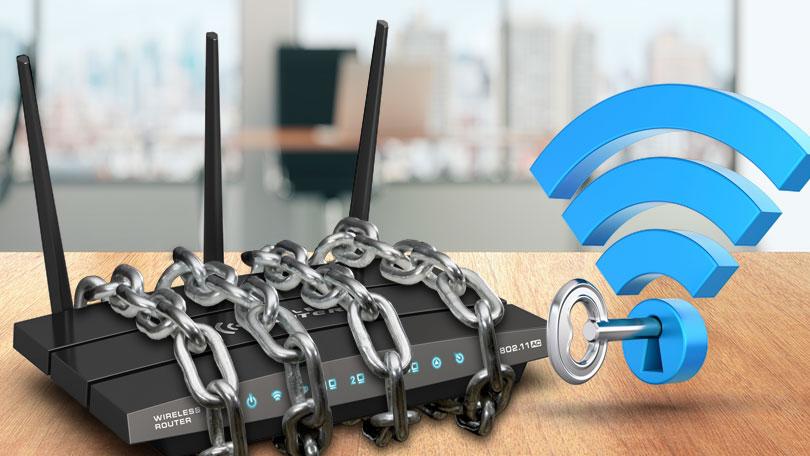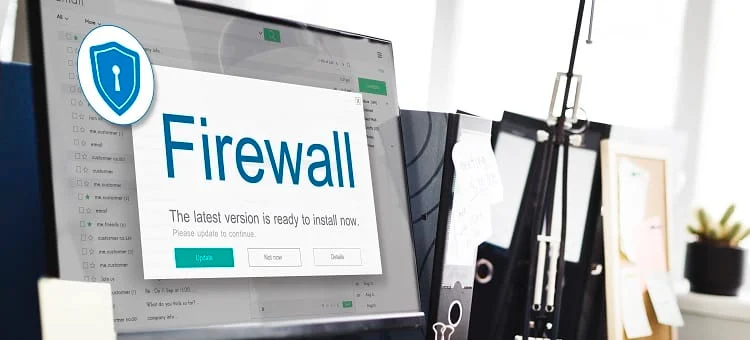Securing your Wi-Fi network is essential to protect sensitive information and maintain a reliable connection. Whether for home or office use, implementing robust security measures can safeguard against unauthorized access and potential cyber threats. Here are key steps to establish a secure Wi-Fi network:
-
Change Default Administrator Credentials:
-
Routers come with default usernames and passwords, which are often publicly known. Change these to unique, strong credentials to prevent unauthorized access to your router’s settings. Keeper® Password Manager & Digital Vault+3Kaspersky+3CISA+3
-
-
Update Network Name (SSID):
-
Modify the default SSID to a custom name that doesn’t reveal personal information or the router’s brand, making it less identifiable to potential attackers.
-
-
Enable Strong Encryption:
-
Activate WPA3 encryption on your router for the highest level of security. If WPA3 isn’t available, use WPA2 AES. Avoid outdated protocols like WEP, which are vulnerable to breaches. CISA+1Reddit+1Business.org
-
-
Set a Robust Wi-Fi Password:
-
Create a complex password with at least 16 characters, incorporating a mix of letters, numbers, and special symbols. This enhances protection against unauthorized access. Keeper® Password Manager & Digital Vault
-
-
Regularly Update Router Firmware:
-
Keep your router’s firmware up to date to benefit from security patches and performance improvements. Enable automatic updates if supported. CISA+2Kaspersky+2Keeper® Password Manager & Digital Vault+2Stack Overflow+5CISA+5Kaspersky+5
-
-
Disable Unnecessary Features:
-
Turn off remote management, WPS (Wi-Fi Protected Setup), and UPnP (Universal Plug and Play) if they’re not in use, as they can introduce security vulnerabilities. CISA
-
-
Implement Network Segmentation:
-
Create separate networks for different purposes, such as a guest network for visitors and an isolated network for IoT devices. This limits potential intrusions to specific segments.
-
-
Position Router Securely:
-
Place your router in a central location to optimize signal distribution while minimizing external access. Ensure it’s in a physically secure area to prevent tampering. CISA
-
-
Use a Virtual Private Network (VPN):
-
For enhanced security, especially in office settings, consider using a VPN to encrypt internet traffic, protecting data from interception. WaTech
-
-
Monitor Connected Devices:
-
Regularly review the list of devices connected to your network. Identify and disconnect any unfamiliar devices to prevent unauthorized access.
-
By diligently applying these measures, you can significantly enhance the security of your Wi-Fi network, safeguarding your data and ensuring a reliable connection for all users.






